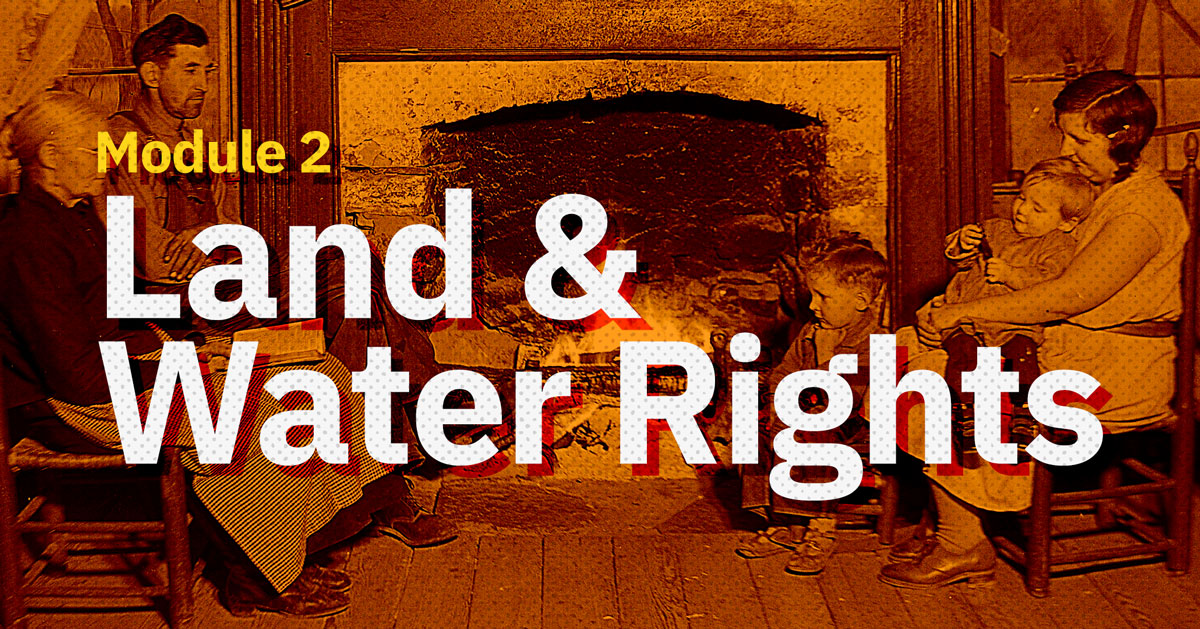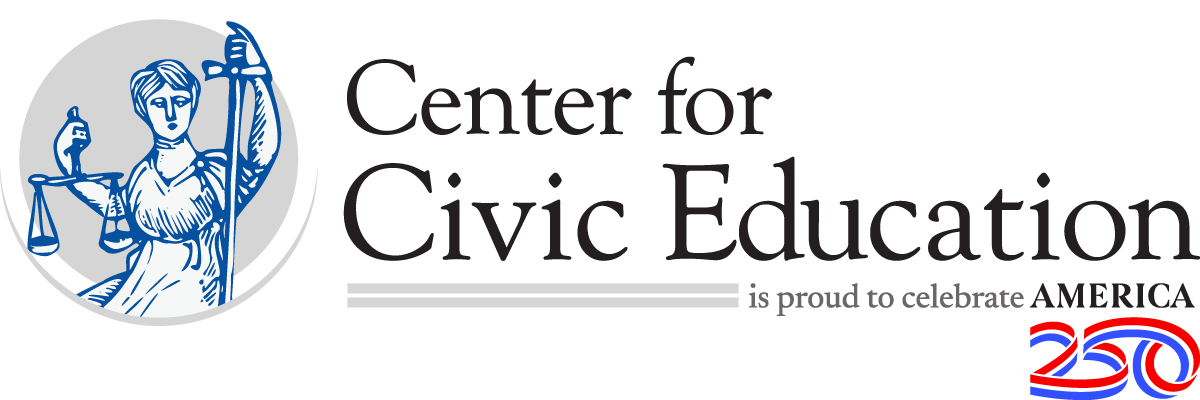
Module 2: Land & Water Rights
Pre-Lesson Preparation
- Did the U.S. government have the right to take land (via annexation) from Hawaiʻi?
- Did the U.S. government have the right to take land (via eminent domain) from rural communities in Tennessee?
- What role has the U.S. government played in protecting and/or denying water rights for rural and Indigenous communities?
Day 1
- Observe & Wonder image sets
- Observe & Wonder Organizer
- Land & Water Rights: Indigenous Communities slide deck
- Land Acknowledgment for Hawaiʻi
- Annexation of Hawaiʻi Stops
- Passport booklet
- How Would You Decide Annexation? resource sheet
- Scholar Video
- Sensory Figure
- Day 1 KEY Passport
- Day 1 KEY Sensory Figure
Day 2
- Observe & Wonder image set
- Observe & Wonder Organizer
- Land & Water Rights: Rural Communities slide deck
- Exercising Eminent Domain in the Tennessee Valley Stops
- Exercising Eminent Domain of the Tennessee Valley Evaluator
- How Would You Decide Eminent Domain? resource sheet
- Student-Created Video
- Day 2 KEY Eminent Domain
- Day 2 KEY Observe and Wonder
Day 3
- Land & Water Rights: Comparing Communities slide deck
- River Certificates of Ownership
- Day 3 Land & Water Rights Paideia Seminar Plan
- Text 1: Excerpts from the Water Rights Act
- Text 2: Excerpts from the Center for Rural Affairs Water Policy
- Land and Water Rights Paideia Seminar Organizer
- Exit Ticket
- Inquiry Reflection Tool
- Day 3 KEY Paideia Seminar
- annexation Possession taken of a piece of land or a country, usually by force or without permission.
- Indigenous Inhabitants of a place since ancient times with distinct social and cultural groups who share collective ancestral ties to the lands and natural resources where they live, occupy, or from which they have been displaced, often by colonization.
- monarchy A form of government in which the supreme power is held by one person, either officially or ceremonially.
- territory An area of land that belongs to or is controlled by a government; one of the parts of the United States that has not been granted statehood but is under U.S. government jurisdiction.
- treaty A formal binding agreement, contract, or other written instrument that establishes obligations between two or more subjects of international law.
Note: This lesson contains material about injustice that some students might find offensive or potentially traumatizing. This material has been included to give students a sense of the inequities and obstacles faced by rural and Indigenous communities. A culturally responsive classroom will provide a welcoming and safe environment where students feel comfortable discussing difficult topics. Ensure that students feel comfortable sharing appropriate personal perspectives. Consider establishing classroom norms that encourage discussion. Educators can model empathy by actively demonstrating kindness, actively listening to all students’ perspectives, addressing conflicts respectfully, acknowledging different viewpoints, and showing compassion toward others.
In this lesson, students will explore the U.S. government’s use of annexation and eminent domain in both rural and Indigenous communities. Students will examine if rights have been protected or denied to these groups. Educators should have an awareness of how both Indigenous and rural communities have been overlooked and underserved through much of our nation’s history. Additionally, educators should have knowledge about appropriate terminology and language.
The history of Indigenous peoples in this country has been marked by profound tragedy since explorers and colonizers first arrived on the North American continent centuries ago. Disease, displacement, and the ideology of Manifest Destiny pushed many Indigenous tribes to the brink of extinction, while the land, water, and other resources they had stewarded for millennia were forcibly taken from them. The impact of these losses still resonates today. Through the exercise of eminent domain and annexation, the U.S. government claimed land and resources that had long been held by Indigenous peoples—using the power to seize private property for public use. This practice not only affected ancestral Indigenous lands but has also been applied to water sources that Indigenous communities have relied on for generations. In recent years, there has been a growing movement led by both Indigenous peoples and their allies focused on securing water rights and reclaiming ancestral lands. Indigenous advocates, in particular, have been at the forefront of efforts to protect and conserve these vital water sources, striving to ensure their preservation for future generations.
Rural communities in the United States have long been marginalized and underserved. Over 60 million Americans—approximately one-fifth of the population—live in rural areas. Rural communities have historically lacked essential infrastructure, including plumbing, modern roads, schools, internet access, electricity, and other basic amenities. It is only within the last 90 years that these services began reaching rural communities, often through the government’s exercise of eminent domain, which allowed for the taking of land from families for the broader public good. Water rights have also become a critical issue for rural America, as more than 2 million people in the United States still lack access to clean, safe drinking water—an essential human right. There is a delicate balance that must be struck to protect the environment yet provide jobs and infrastructure to these regions.
To support understanding of this topic prior to lesson delivery, educators are strongly encouraged to watch the scholar video that accompanies this lesson:
- Scholar Video (extended)
Additional resources for teacher background include the following:
- Native Lands Interactive Map
- History of Hawaiʻi
- Lands of Federally Recognized Tribes Map
- TVA and the Relocation of Mattie Randolph
- “Lost In Transition,” The Story of Uprooted Families in Appalachia
- TVA Oral Histories
- A Case of Eminent Domain
- The Story of America’s Annexation of Hawaiʻi
Educators should preview all student materials and resources prior to the lesson.
Each EUP module intentionally integrates literacy to deepen students’ understanding of historical and contemporary issues and their impacts on rural and Indigenous communities through reading, writing, speaking, and listening. Lessons include structured academic discussions, Paideia seminar style dialogue, and reading supports such as annotation stations using primary sources to support critical analysis and civic reasoning. Educators are encouraged to introduce and reinforce new academic vocabulary using strategies they are familiar with such as slide decks, word walls, visuals aids, games, and illustrative definitions to help students confidently apply academic language in civic, geographic, economic, and historical contexts. While students have multiple ways they can use critical analysis and civic reasoning to answer questions throughout this module, possible answer keys have been shared as a framework for you to use at your convenience.






